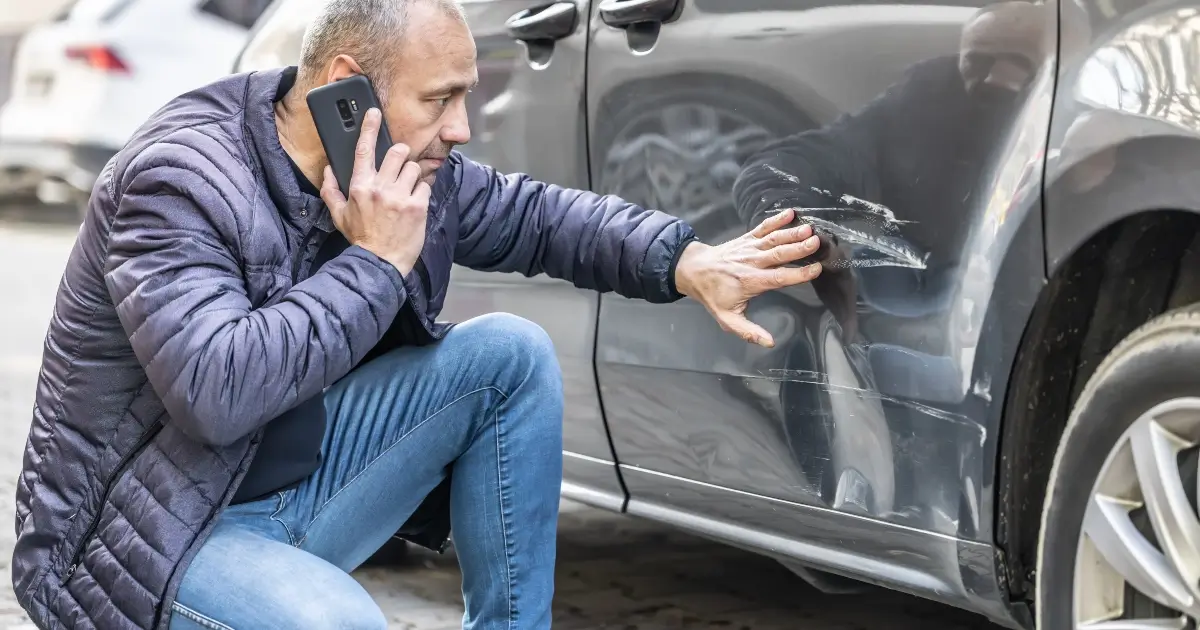 Although you may be a safe and responsible driver, you can never assume the motorists traveling next to you are as well. To ensure your safety, you should always use defensive driving techniques on Wisconsin’s roadways.
Although you may be a safe and responsible driver, you can never assume the motorists traveling next to you are as well. To ensure your safety, you should always use defensive driving techniques on Wisconsin’s roadways.
PKSD’s dedicated Milwaukee auto accident attorneys have provided these useful defensive driving tips that may help you avoid being in a serious traffic collision.
Car accident victims who were injured by a negligent driver have legal rights. Our car accident attorneys are ready to review your claim during a free, no obligation consultation to determine if you have a case that entitles compensation.
1. Be Aware of Your Surroundings
Auto accidents can occur suddenly and with little warning. For this reason, you should always be aware of what is happening around you while you are driving so that you can respond accordingly to any possible hazards on the roadway.
You should observe the roadway every 20 to 30 seconds. Watch for the actions of other drivers to anticipate their next move or take cues to speculate another motorists’ intentions. This includes observing the traffic signals they use to indicate their next move, like brake lights signaling when a vehicle is slowing down or coming to a stop.
2. Check the Condition of the Road
Each section of the road you approach during your travel can potentially contain a new hazard or feature that could cause an accident.
Look out for discreet hazards located on the roadway, such as uneven lanes, pieces of debris or weather-related conditions on the road. These hazards may sometimes be subtle, but can cause an accident if you are unaware of their presence.
Also, watch the traffic conditions you encounter as you drive. You should attempt to drive smoothly along with the flow of traffic. However, if the current traffic conditions are unsafe, consider slowing down to distance yourself from the other motorists.
3. Eliminate Distractions
Defensive driving requires your full attention on the road while you are operating a vehicle. This means you will need to eliminate any distractions that could divert your attention and reduce your reaction time.
Distracted driving is one of the leading causes of accidents and is a leading cause of the recent increases traffic fatalities. Common types of distracted driving include:
- Using a cellphone to call or text
- Programming a location into a GPS systems
- Eating and drinking while operating a vehicle
- Conversing with passengers in the vehicle
- Looking for lost objects within the vehicle
- Focusing on objects along the roadway
Eliminate as many distractions within your vehicle as possible. This includes turning your cellphone off and making any adjustments in your vehicle before you begin to drive.
4. Do Not Speed or Drive Recklessly
One of the most important aspects of defensive driving is operating a vehicle in a safe and rational manner. You should never engage in any form of reckless driving behavior, like weaving in-and-out of traffic or traveling at excessively high speeds.
Driving recklessly greatly reduces your ability to react to approaching hazards or vehicles sharing the roadway. Always follow the posted speed limit and drive in a manner matching the surrounding traffic as close as possible.
5. Do Not Depend On Other Drivers
Although you should be a considerate driver, you should never assume other motorists will return the same courtesy. Other motorists may not give you the right-of-way or let you move into their lane.
You should expect other drivers to make errors or drive recklessly by speeding and violating traffic laws. Always be prepared to avoid a traffic collision by quickly reacting to another motorist’s erratic maneuvers.
6. Avoid Reckless Drivers
Reckless drivers are often unpredictable and take unnecessary risks that increase the risk of causing an auto accident.
If you see a motorists traveling near you who is driving recklessly you should immediately separate yourself from his or her vehicle. Try to avoid any reckless drivers you encounter by changing lanes, slowing down or pulling over to the road’s shoulder until the driver is out of sight.
7. Create a Safe Following Distance
Maintaining a safe following distance between your vehicle and the vehicle in front of you may significantly decrease the risk of a rear-end collision.
A safe following distance is a three to four second space between your front bumper and the other vehicle’s rear bumper.
A simple method to create a safe following distance is by to find a fixed object along the road, like a tree or traffic sign. Count the seconds it takes for the front vehicle’s rear bumper to pass the object until your vehicle’s front bumper reaches the same object.
If you count less than three seconds, reduce your speed to create more distance between you and the other vehicle. This method also prevents tailgating, which is a dangerous driving behavior that increases the risk of accident.
Contact an Experienced Attorney Today
Following these defensive driving tips may help you avoid being involved in a serious traffic collision. However, if you or someone you love is injured in a car crash, our personal injury attorneys in Milwaukee, WI are ready to help with your claim.
We offer prospective clients a free, no obligation consultation to review their claim and determine if they have a case that entitles compensation. Our attorneys only work on a contingency fee basis, which means we only accept payment after we recover damages for your claim.
Complete our Free Case Evaluation form to get started now.






